3 Common Sewer Line Problems
Sewer line issues are not always clear-cut since the lines are buried deep in the ground. You might miss certain warning signs or make an inaccurate diagnosis when you encounter a problem. Most issues are a result of soil shifting, a deterioration that comes with age, or rainwater absorption by the ground.
The wastewater passing through the sewer lines could also trigger significant damage to your system, especially if the waste is naturally corrosive. To ensure the proper operation of your sewer line, you should employ crucial maintenance practices.
A failing sewer system could be a massive inconvenience for any homeowner. Luckily, once you understand the various sewer line problems, you’ll have an easy time avoiding them. Take a look at the three most common sewer line issues and their solutions.
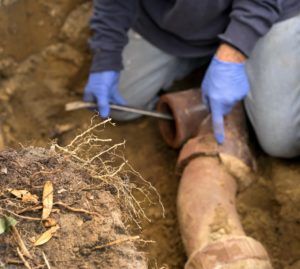
1. Sewer Line Blockage
Sewer line clogs and blockages restrict the smooth flow of wastewater from your home. Eventually, your drains fail, and you start to notice frequent sewer backups. Blockages are caused by the buildup of solid waste items inside the drain pipes, which are caused by the things you flush down your drains. Diapers, wipes, and other hygiene products might seem flushable, but once you flush them, they could end up clogging your drains.
Although blockages can occur suddenly, they sometimes take time to cause you a noticeable problem. If you’re alert, you’re likely to notice signs of sewer line blockage, including:
- Wastewater backups in your home’s lowest drains
- Gurgling inside your drain pipes
- Water drains from one fixture and ends up in another
If you notice these signs, you need to contact your plumber. Ignoring them will only make the mess worse and lead to more costly repairs.
2. Tree Root Intrusion
Tree roots grow in search of water and nutrients. If you have your sewer lines near the tree, its roots will naturally grow towards your pipes. Eventually, the adventurous roots will enter your sewer lines through small cracks and holes.
When this happens, clogs and blockages slowly develop which leads to overflow and backups. Worse still, your pipes could collapse under the intense pressure from the root intrusion. For collapsed drain pipes, your best option would be a full sewer line replacement.
Otherwise, drain clearing would be enough to clear out the blockages from the intrusive tree roots. During drain clearing, your plumbing expert may cut off the roots using pressurized water or a saw, depending on the level of root growth. They could also advise you to water your trees during the drier months to limit root growth towards your sewer line.
3. Pipe Shifting
A shifting foundation, excess flooding from rainwater or sinkholes may cause your drain pipes to shift and bow in some way. Sometimes the pipes will only change shape and appear slightly curved. However, the pipes could also crack and develop leaks along the sewer line causing more trouble to your system. The joints might separate and leave openings where water leaks out.
When your pipes shift or bow, wastewater won’t flow normally, and your sewer line won’t be as efficient. The stagnant water will trap solid waste, that settles to form sediment in the middle of the pipe.
Eventually, you’ll have to deal with frequent backups, blockages, and eroded pipes. Pipe shifting is a huge problem that is quite difficult to fix. Your plumbing expert could perform regular pipe inspections to monitor the shifting level to get ahead of the problem before it gets out of hand.
Sewer line problems are often gradual, and you need to pay attention to identify the tell-tale signs of trouble. Luckily, with a few tips and tricks like those mentioned above, you can remain vigilant and ensure the excellent performance of your sewer line for years. But if you suspect any issues with your sewer line, contact
Quality Plumbing immediately for reliable services.

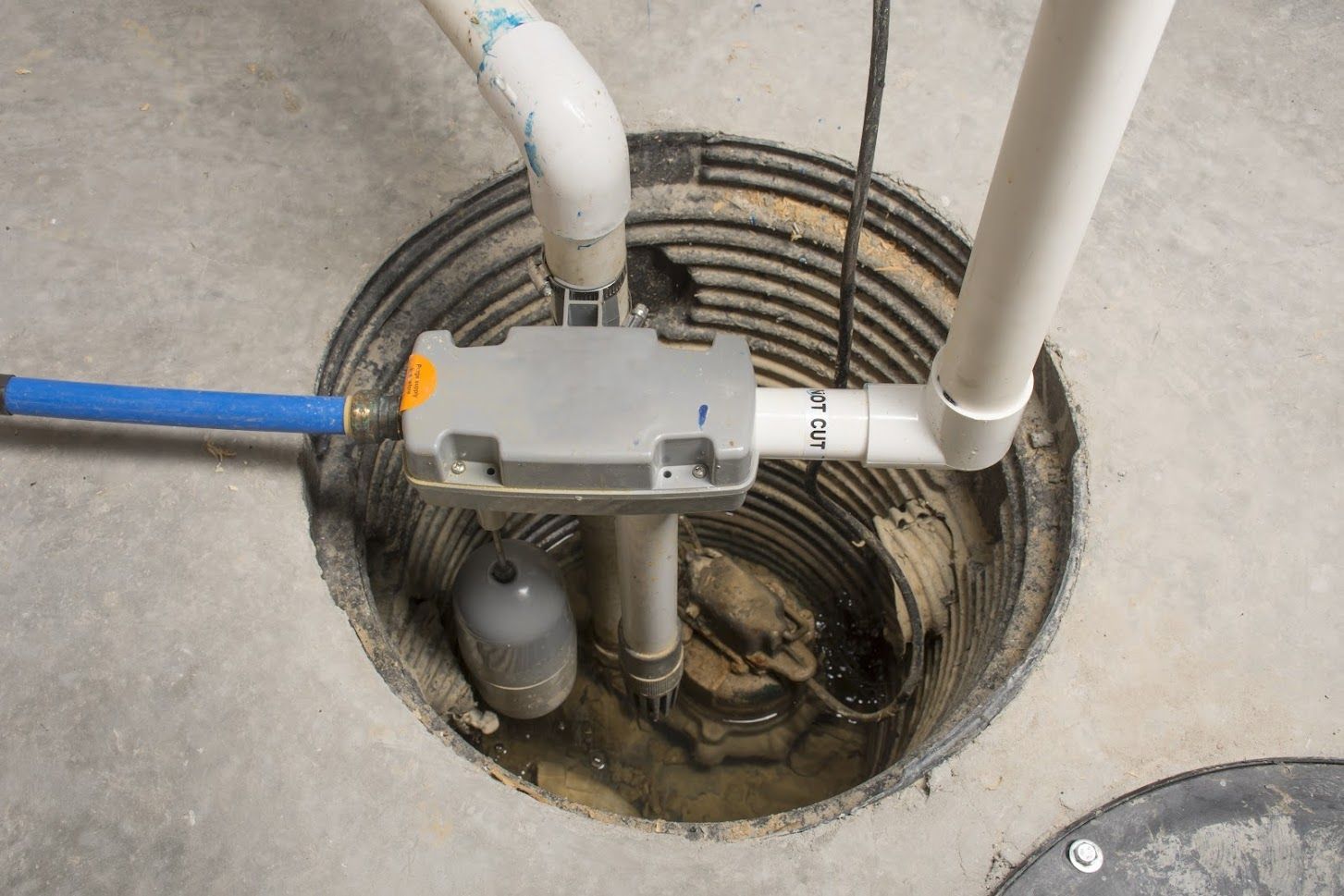

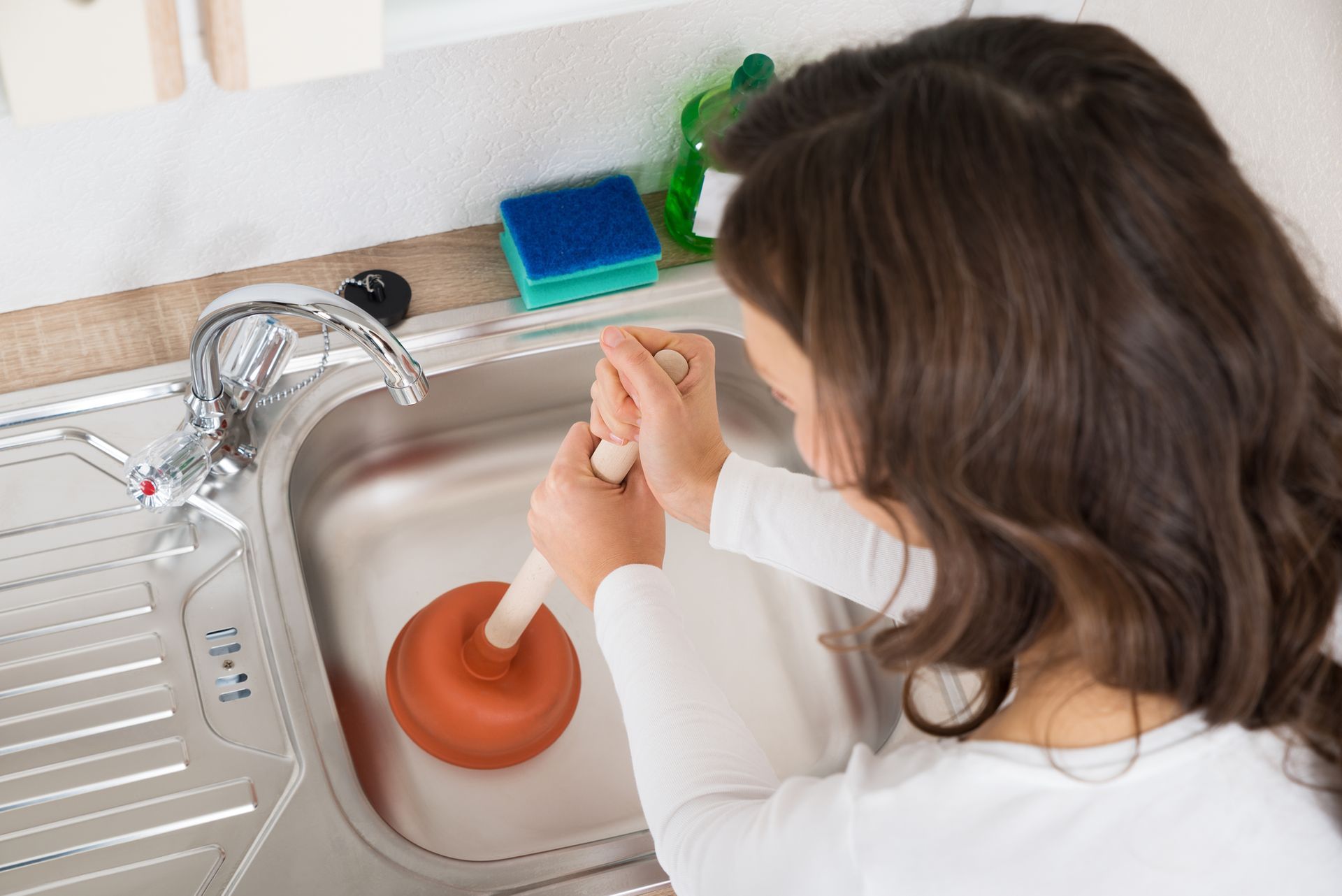

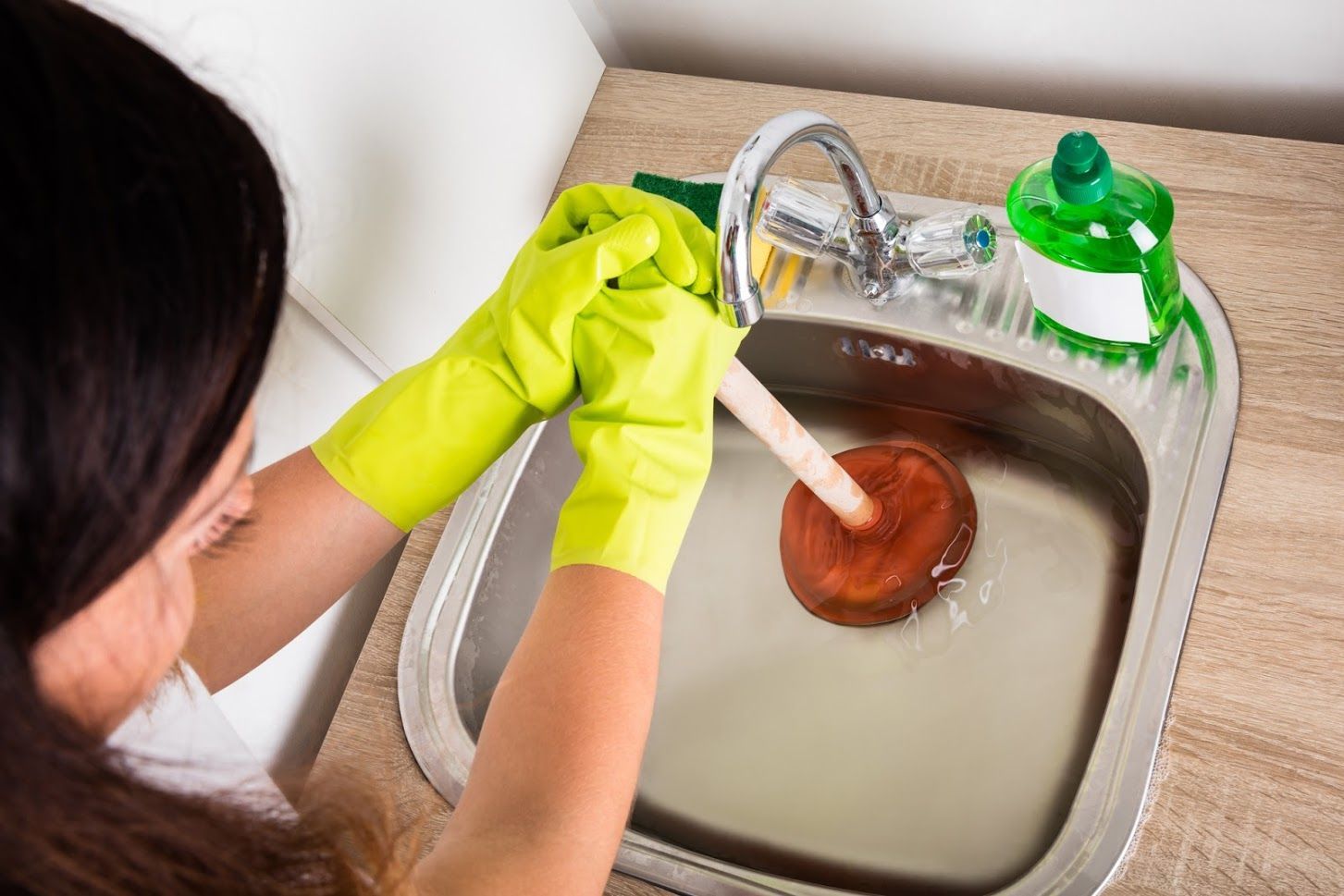
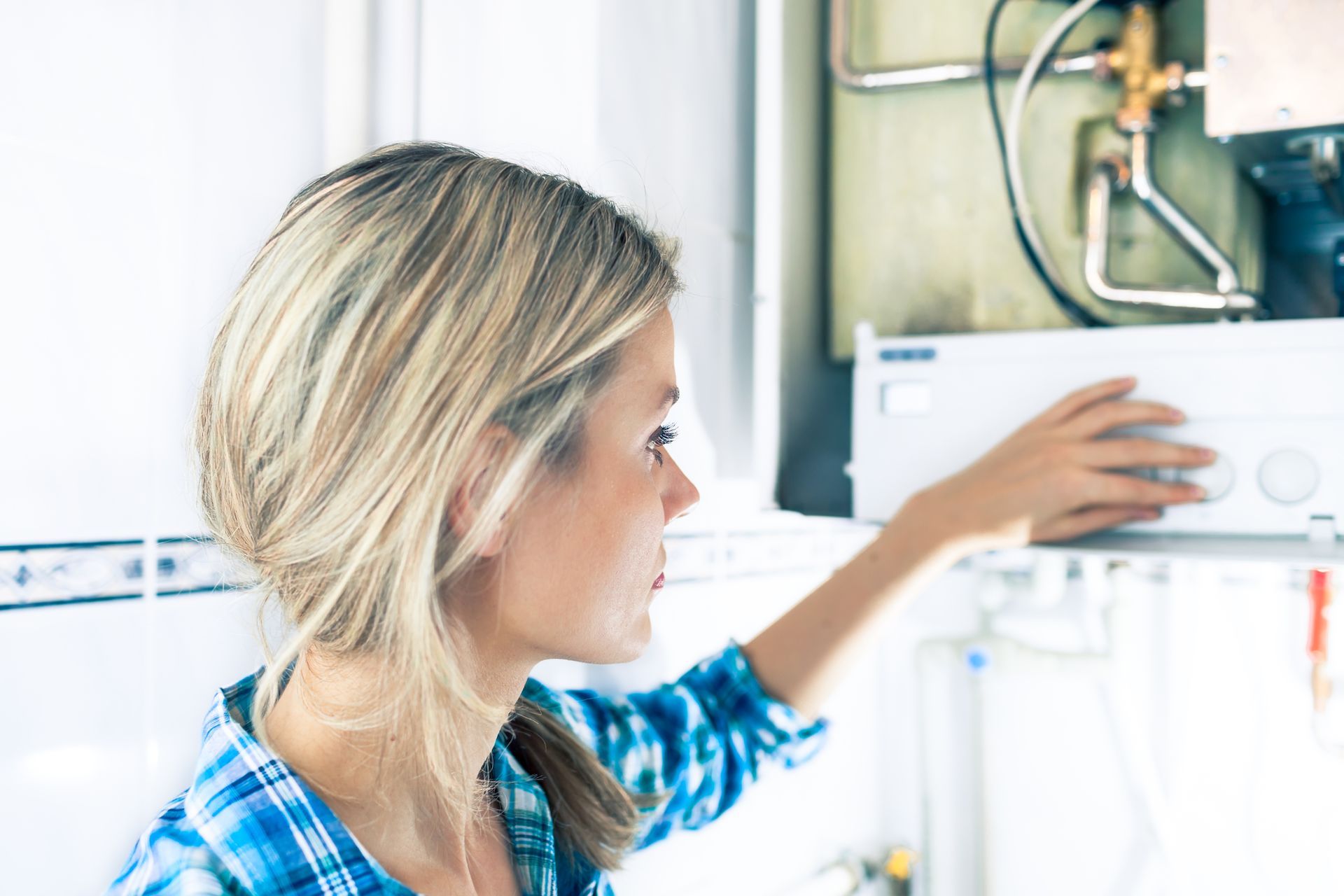

★★★★★
The total process from booking a service call, by phone, to the installation of a steel reinforced waterline hose on our refrigerator, was a pleasurable experience. A retired plumber recommended QP. Jeff had to pull out the refrigerator, remove the plastic waterline, install the new waterline, check to make sure the water dispenser was working and put the refrigerator back. Jeff was careful and mindfull of our wooden floor as the refrigerator was in a built-in cabinet. Since we live in a condo we want to eliminate all possibilities for a water leak. Jeff not only did his skillful job, he also educated us on the different water supply lines. I would recommend QP.
- Janeine G.
Button
★★★★★
Quality Plumbing did a rough-in plumbing install for a bathroom and kitchen sink in my basement. Very communicative, helped plan the space, and did a great job on the install. Will be using them again!
- Ian H.
Button
★★★★★
Called them when my water heater broke, they were over same day with a new one. Logan is great, he's fixed a couple things over the last year and is always professional and informative.
- Nick B.
Button
★★★★★
Quality plumbing is amazing 👏 when my brothers home had a problem with water pressure, they were able to schedule quickly, identify the problem and provide cost effective solutions quickly. When they did the work, they were on time on budget and cleaned up everything afterwards. Thank you for your great service Quality Plumbing! …
- Rich R.

★★★★★
Quality Plumbing is my go-to plumbing company for all my projects. I had one big project and after meeting Jeff, I’ve specifically requested him to come out for my other 2 projects. He’s incredibly punctual, efficient, and keeps the area nice and clean. Great to communicate with and provides clear answers to all my questions. Jeff is very professional and knowledgeable in his craft. Every time I call, Delaney will always pick up my phone calls and get me scheduled right away. Never had great success with plumbing companies until I started working with Quality Plumbing. They have unbeatable prices and will provide you with an honest solution to your problems. Highly recommend choosing Quality Plumbing!
- Alex D.
Button

★★★★★
The total process from booking a service call, by phone, to the installation of a steel reinforced waterline hose on our refrigerator, was a pleasurable experience. A retired plumber recommended QP. Jeff had to pull out the refrigerator, remove the plastic waterline, install the new waterline, check to make sure the water dispenser was working and put the refrigerator back. Jeff was careful and mindfull of our wooden floor as the refrigerator was in a built-in cabinet. Since we live in a condo we want to eliminate all possibilities for a water leak. Jeff not only did his skillful job, he also educated us on the different water supply lines. I would recommend QP.
- Janeine G.
Button
★★★★★
Quality Plumbing did a rough-in plumbing install for a bathroom and kitchen sink in my basement. Very communicative, helped plan the space, and did a great job on the install. Will be using them again!
- Ian H.
Button
★★★★★
Called them when my water heater broke, they were over same day with a new one. Logan is great, he's fixed a couple things over the last year and is always professional and informative.
- Nick B.
Button
★★★★★
Quality plumbing is amazing 👏 when my brothers home had a problem with water pressure, they were able to schedule quickly, identify the problem and provide cost effective solutions quickly. When they did the work, they were on time on budget and cleaned up everything afterwards. Thank you for your great service Quality Plumbing! …
- Rich R.

★★★★★
Quality Plumbing is my go-to plumbing company for all my projects. I had one big project and after meeting Jeff, I’ve specifically requested him to come out for my other 2 projects. He’s incredibly punctual, efficient, and keeps the area nice and clean. Great to communicate with and provides clear answers to all my questions. Jeff is very professional and knowledgeable in his craft. Every time I call, Delaney will always pick up my phone calls and get me scheduled right away. Never had great success with plumbing companies until I started working with Quality Plumbing. They have unbeatable prices and will provide you with an honest solution to your problems. Highly recommend choosing Quality Plumbing!
- Alex D.
Button








